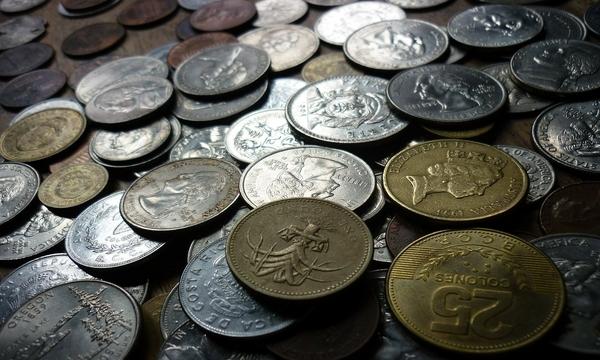
Malaysia's current account surplus may fall below 1% of GDP
The market’s imports and exports are expected to remain in the red.
Malaysia’s current account surplus is slated to shrink to 0.6% of GDP in 2020 compared to 2.5% last year, according to a Fitch Solutions report. This is driven by depressed external demand due to COVID-19 pandemic and the resulting shrinkage of trade surplus. However, the report indicated that a weaker ringgit should act as a natural adjusting mechanism and prevent a flip into a current account deficit. They have also reverted to their previous expectations for a rise in direct investment growth given the global recession in 2020.
The current account balance came in at 2.9% of GDP for the year until Q1. Whilst this figure is broadly steady from the average current account surplus of 2.7% of GDP in the preceding five years, Fitch Solutions expects a steady decline over the rest of 2020. The steady performance in Q1 is attributed to the mostly stable global economy during that period, when lockdowns to control the spread of COVID-19 were mostly confined to China. Meanwhile, total exports decreased by 4.7% YoY in Q1, exports to the US and Singapore rising at a brisk pace of 9.5% and 9.7% YoY, respectively, helping to cushion the blow. Over the coming quarters, exports may face a much tougher challenge with China recovering slowly and with the US and Singapore economies tipping towards an overall contraction over the rest of the year.
The slump in Malaysia’s exports has coincided with a sharp slowdown in price growth for its key commodity exports, palm oil and crude oil. The average Brent crude price of oil took a disastrous blow globally, expecting limited recovery in prices due to bloated inventories, even after a revived OPEC+ pact to cut production. Fitch Solutions expects falling imports will ensure that the trade surplus does not flip into a deficit over the course of 2020.
In addition, falling demand for both consumer and capital goods amidst the slowing economy and a weaker exchange rate would serve to further encourage exports and discourage imports, strengthening the case for the trade balance to remain in a slight surplus. Ringgit is expected to average 4.35/USD in 2020, compared to the 4.14/USD in 2019.
Malaysia saw portfolio outflows amounting to 5.1% of GDP in the year ending in Q1, which negated the inflows of 3% of GDP in other investments. Direct investment saw net outflows amounting to 0.3% of GDP in the first quarter.
























 Advertise
Advertise










